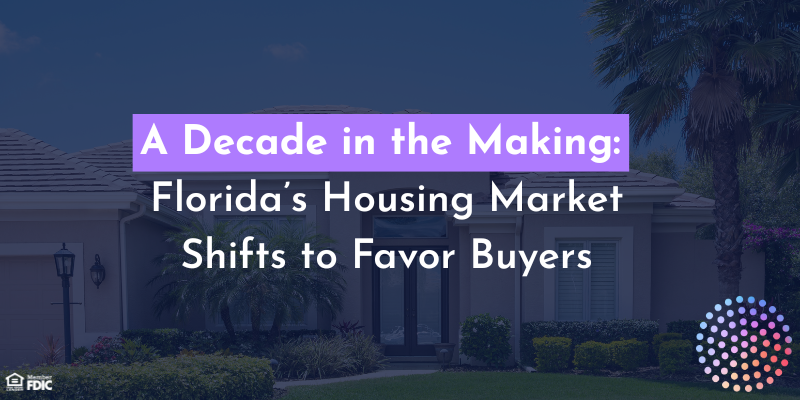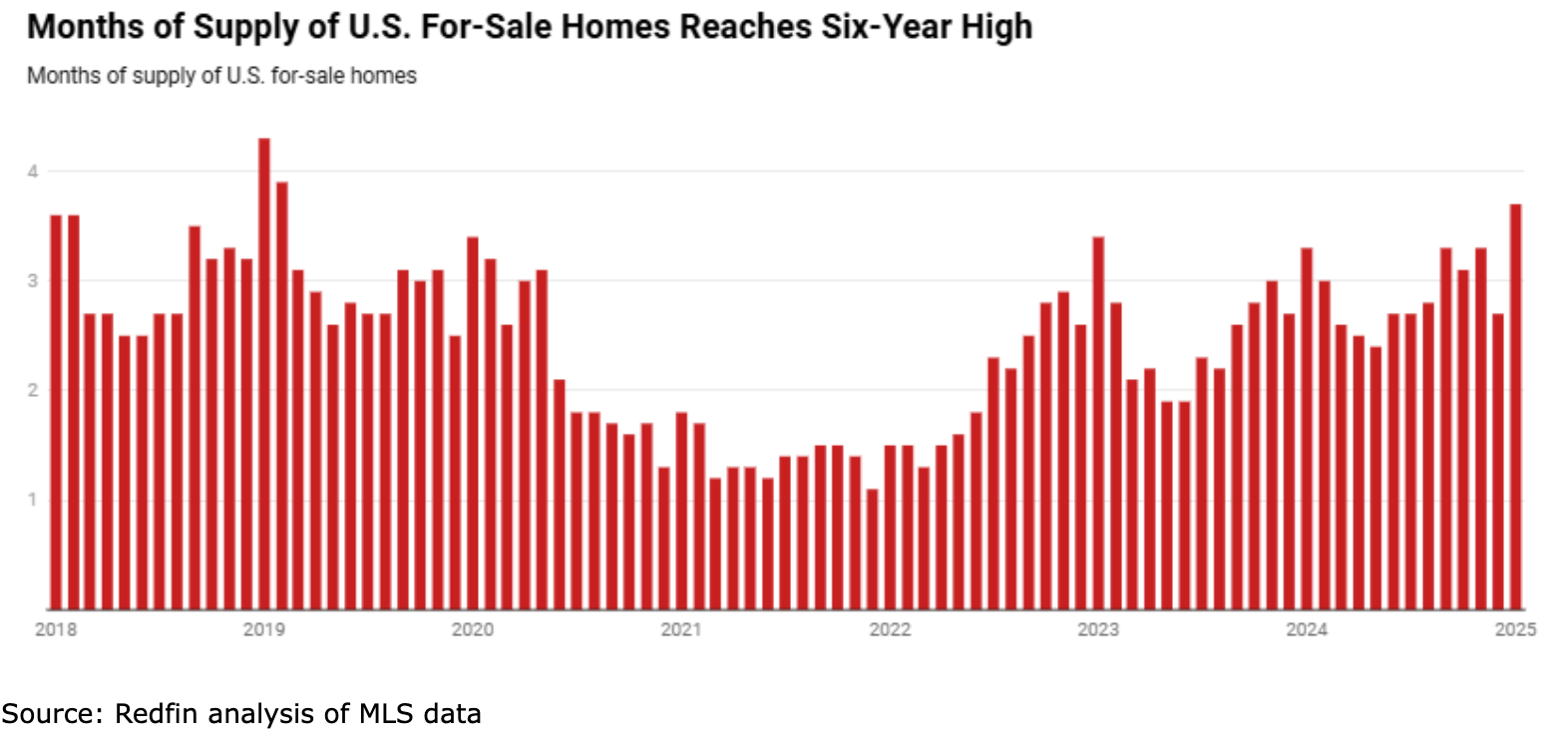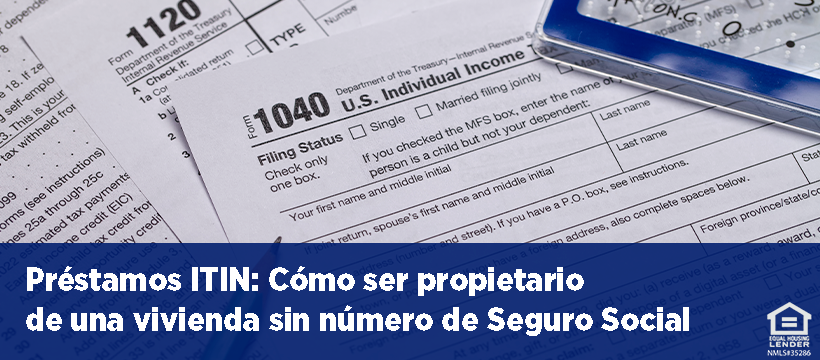A Decade in the Making: Florida’s Housing Market Shifts to Favor Buyers
A Decade in the Making: Florida’s Housing Market Shifts to Favor Buyers

For the first time in this decade, the U.S. housing market has tilted in favor of buyers. With 3.7 months of for-sale inventory sitting on the market as of January 2025, this is the most supply we’ve seen since February 2019.
This shift has major implications for prospective homeowners, especially here in Florida, as six of the top 10 major metros favoring buyers are located in the sunshine state.
It’s a Buyer’s Market in Florida: What Does That Mean for You?
In a "buyer’s market," the balance between home supply and demand tips in favor of the buyers.
Buyers have the upper hand in negotiations because there are more homes available than there are buyers, and sellers may have to adjust their pricing and offer some incentives to close a deal.
With more homes to choose from, greater negotiation power, and the opportunity to buy at more favorable terms, the shift can be a welcome change for many buyers after the competitive seller’s market of recent years, where homes sold quickly and often for well above asking price.
Six of the Top 10 Major Metros Favoring Buyers Are Located in Florida
Florida is leading the charge in this shift towards a buyer’s market. Six of the top 10 major metros with the most months of supply are located in Florida, according to recent data from Redfin:
> Cape Coral, FL (number 1 spot overall)
> Miami, FL (number 2 spot overall)
> Fort Lauderdale, FL
> West Palm Beach, FL
> North Fort, FL
> Jacksonville, FL

Source: Redfin
Why is Florida seeing this extended supply? One major factor is pandemic-driven construction, which has resulted in an increased number of new homes entering the market.
Data Points Signaling Favorability for Buyers
Several key data points suggest that buyers have more power in the market right now:
Sales Are Slowing: Pending home sales fell by 6.3% in January, marking the slowest pace since the early days of the pandemic in 2020.
Homes Are Sitting Longer: In January, the typical home took 56 days to sell the longest period since February 2020.
Price Growth is Slowing: The median U.S. home price rose by 4.1% year-over-year in January, the slowest increase since September 2024. This is more in line with the rate of price growth from the late 2010s and signals a market that is stabilizing.
More Room for Negotiation: Buyers are now able to negotiate better prices. In January, the typical home sold for 1.8% less than its final asking price- the biggest discount in nearly two years. Sellers are often more open to negotiations, especially when the competition is less fierce.
Number of Homes For Sale Reaches Six-Year High
The months of supply metric tells you how many months it would take for all the homes on the market to sell, given the current monthly sales pace. Lower numbers typically favor sellers, whereas higher numbers typically favor buyers.

Historically, four to six months of supply has indicated a buyer’s market, and January was the closest the U.S. housing market has come to four months of supply since 2019.
Closing Thoughts
The Florida housing market is offering more opportunities for buyers than in recent years. With increased supply, slower price growth, and more negotiating power, this is an ideal time for you to consider purchasing a home in the Sunshine State.
If you're ready to take advantage of Florida's buyer’s market, reach out today. Our team is here to guide you through the mortgage process, help you secure the best financing, and ensure you have the support you need to make your homeownership dream a reality.








